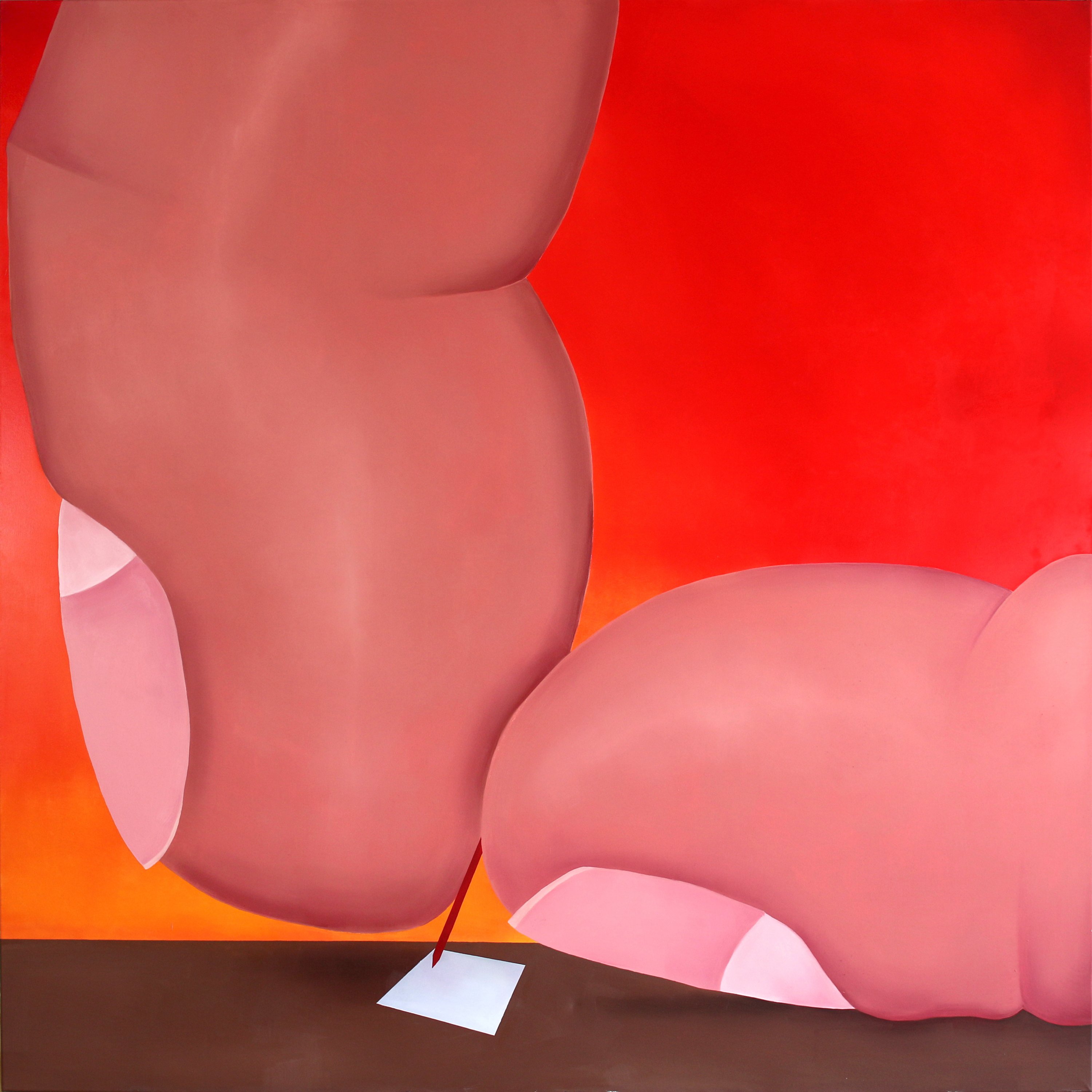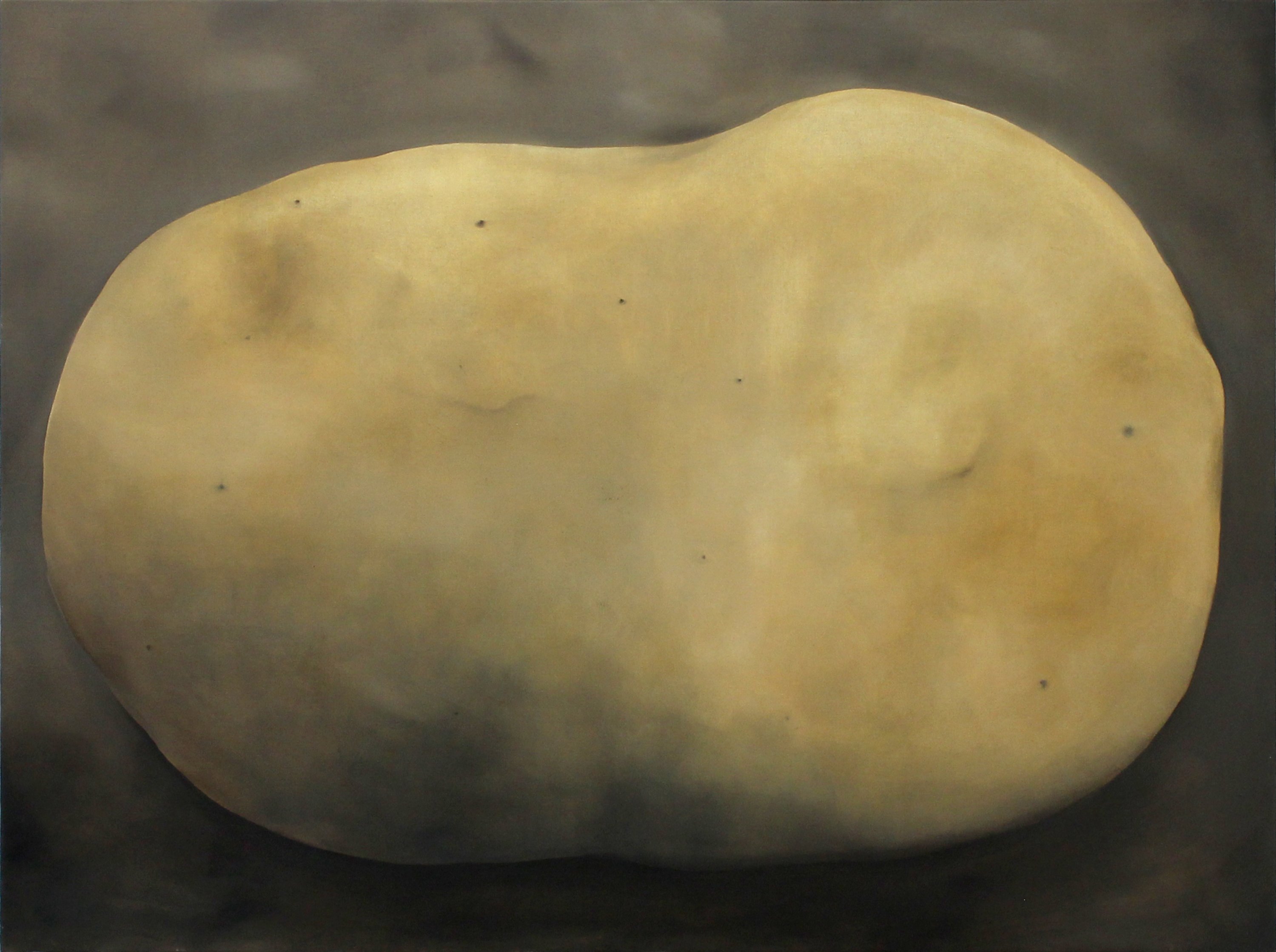Tomasz Kręcicki
b. 1990, Żary
Painter. A graduate of the Academy of Fine Arts in Kraków, Tomasz Kręcicki draws from various painting conventions, from realism to graphic, nearly abstract compositions. His paintings, brilliant and analytical, are at the same time simple and jocular. He often paints ordinary domestic objects and simple activities of daily life, but with a predilection for toying with scale (of the canvas and the items depicted). Between 2016 and 2023 , together with Karolina Jablonska and Cyril Polaczek, he co-founded the art collective and gallery Potencja.Together they organize exhibitions, shoot films (for which they also create the screenplay and music), and publish the art zine Łałok. Kręcicki won third prize at the 42nd Bielsko Autumn Painting Biennial in 2015. He lives and works in Kraków.
Fingers
FSP ING 0191
In his paintings, Kręcicki often returns to the motif of the hands. Fingers of monstrous size struggle with the most mundane activities, like flicking a lighter or threading a needle. Whose hand is it? A characteristic motif for mediaeval art was the hand of God (manus Dei), a symbol of divine intervention in human affairs. In Kręcicki’s painting, the hand leaning over a sheet of paper could just as well belong to a mighty bureaucrat who can decide on our existence or non-existence with a single signature. Or perhaps it is the hand of the artist himself? Kręcicki often subtly alludes to the history and traditions of painting. Over the centuries, the hand has been a common theme of painterly studies and sketches, as the artist’s fundamental tool and that which is (literally) most “ready to hand.” In the painting Fingers the hand appears in the company of pencil and paper—attributes not only of a public official, but also of an artist. With difficulty the gigantic fingers grasp the miniature pencil and attempt to draw the first line on the equally tiny sheet. Although Kręcicki’s paintings come across as jocular and easy-going, they cannot be denied a certain existential gravitas.
Potato
FSP ING 0192
A chocolate bar, a coconut, a plate of soup, an apple core—all huge, filling the surface of the canvas. Paintings depicting food are usually regarded as still lifes, but in Kręcicki’s case they should rather be called portraits—of vegetables, fruits, and other everyday grocery items. The artist forces us to examine essentially mundane objects with heightened attention. In his paintings even a humble potato may convey cosmic weight, as the black splotches on the skin of the tuber form the shape of the Big Dipper constellation. The monumental spud emerging from the dark background suggests a boulder—a memorial to the silent hero of the world’s cuisine.

